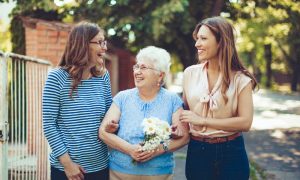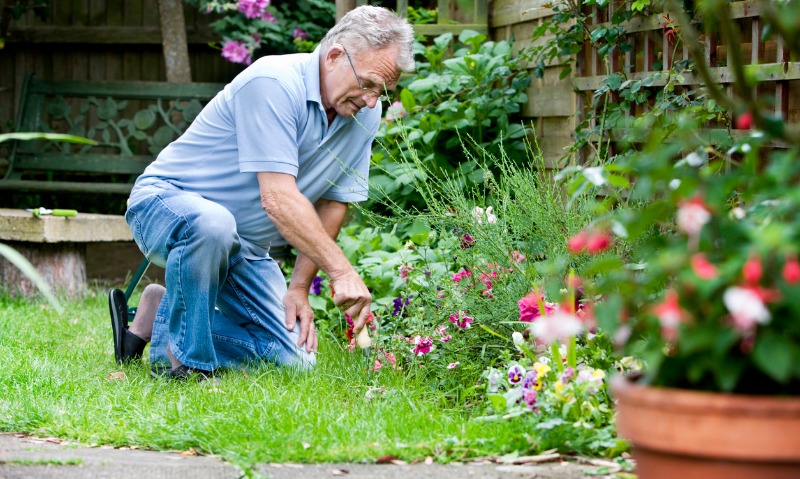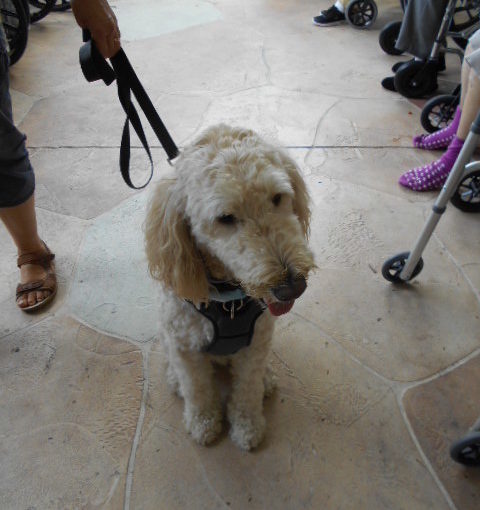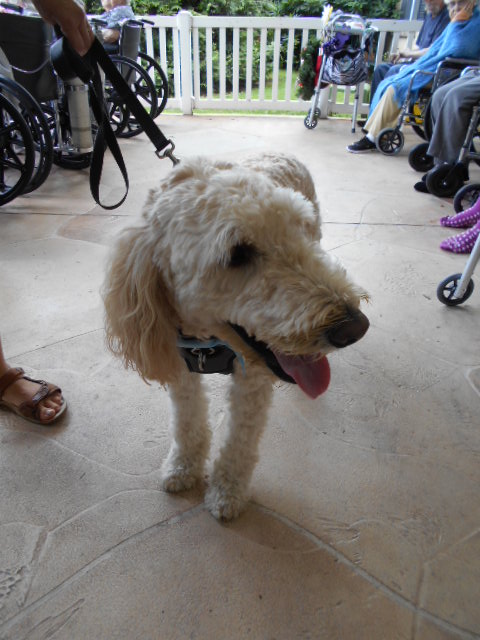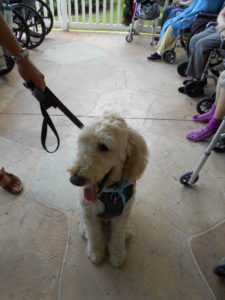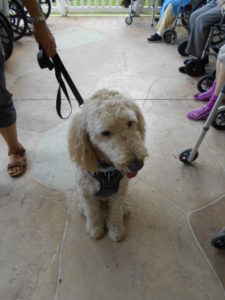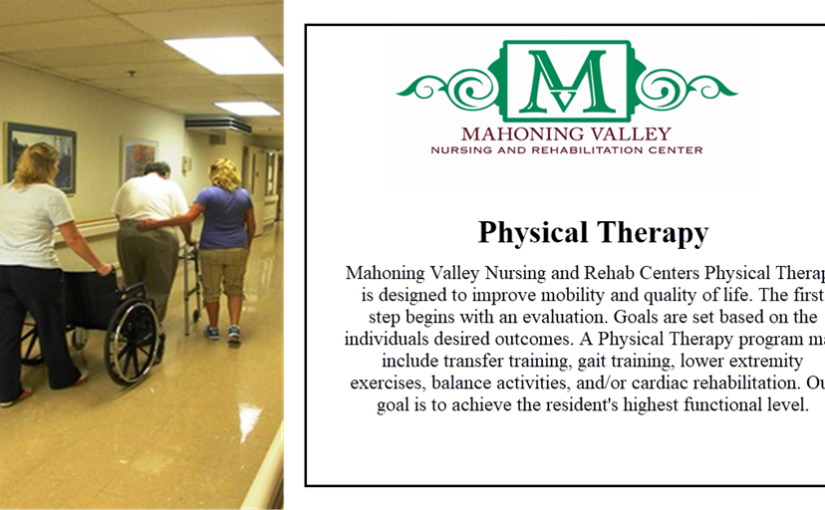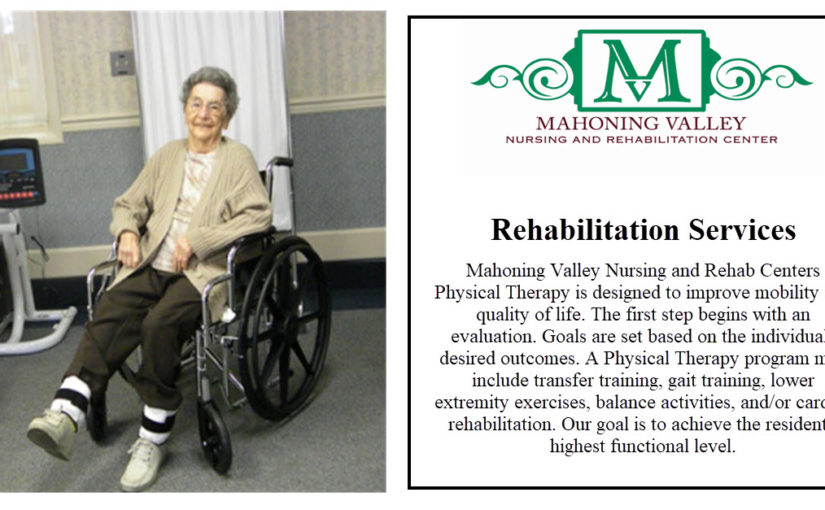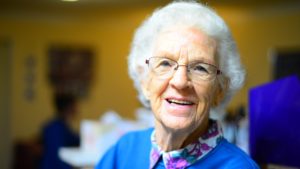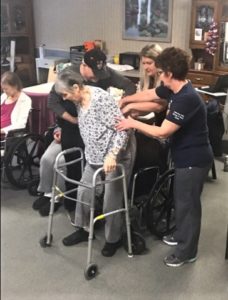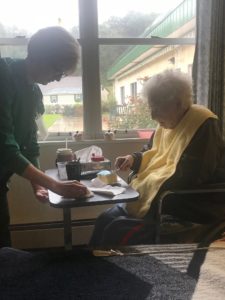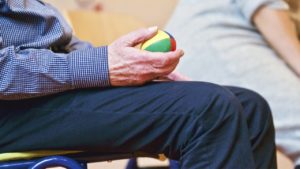
We here at Mahoning Valley Nursing and Rehabilitation Center in operation of our daily duties of helping our residents believe that discussing issues of health and quality of life are important. And so we have a topic we feel passionate about. We all have been ill (which nobody likes) or had some sort of bump or bruise, maybe a broken arm. So knowing how to answer the next question is helpful when dealing with your health or that of a loved one.
Do I Need Physical Therapy?
Have you ever wondered if you’re a candidate for physical therapy, or if therapy could help with nagging pain or problem you’re having? Physical therapists know the answer to this question. That is a resounding yes. Most people can benefit from physical therapy, this could be something as simple as a sprain all the way through post-surgical rehabilitation.
Physical therapists can help from hospitals, sports medicine, and nursing homes. Physical therapists and their services span across the lifespan of each individual as they age from birth to death.
The physical therapist uses all sorts of techniques from methods, which address healing, prevention of injuries and disabilities. Physical therapy uses non-invasive and other non-medical tools to help overall body functionality.
Promoting health, relieving pain, restoring bodily function and movement along with an adaptation of due to injury. Therapy also focuses on wellness, fitness, training, and proper ergonomics, which all play a major part in health and well-being.
Something you should remember is regardless of your age. If you are having a problem with mobility you certainly may benefit from physical therapy to help return to optimal function.
Most common reasons to seek physical therapy can include:
- Neck Pain and low back pain
- Arthritis in one or multiple joints
- Fractures and other orthopedic condition
- Bowel or bladder incontinence
- Problems with balance
- Mobility issues
- Chronic fatigue and weakness
- Pre-surgical and post-surgical conditioning & strengthening
- Cancer recovery
- Weight loss, fitness, and overall wellness education.
- Respiratory problems / poor cardiovascular endurance
- Cardiac Rehab
- Problems with knee, ankle or feet
- Shoulder, arm, hand, wrist problems
- Neuro-rehabilitation, including post-stroke, spinal or head injuries
- Sprains & muscle strains
- Repetitive motion injuries, slip, and fall accidents that can happen in the workplace
- Sports injuries
- Post-surgical rehabilitation
If you still have questions whether you are a candidate for physical therapy discuss with your doctor, and they can provide guidance.
But something you should really take away from this is that if you’re having difficulty moving due to loss of range of motion, or pain that inhibits movement. Weakness or loss of strength you are likely a candidate for physical therapy. In addition to dealing with the injuries, your physical therapist can help you with techniques to avoid pain and re-injuring yourself.
